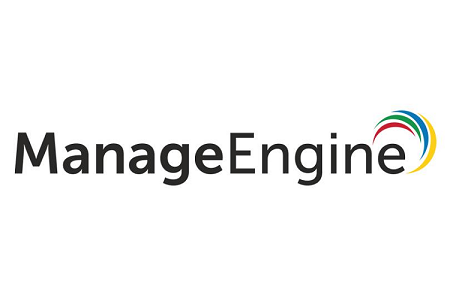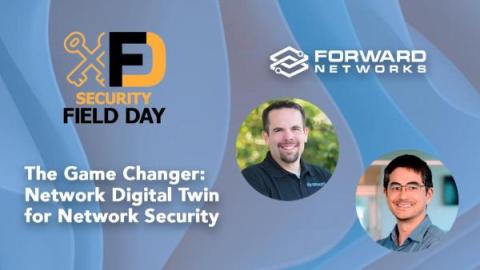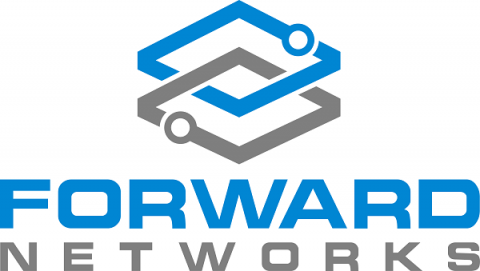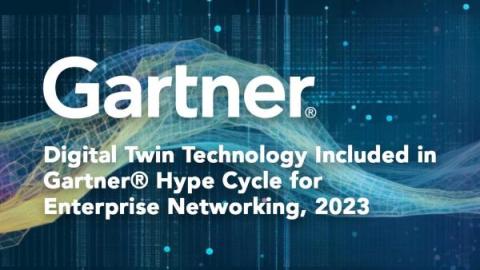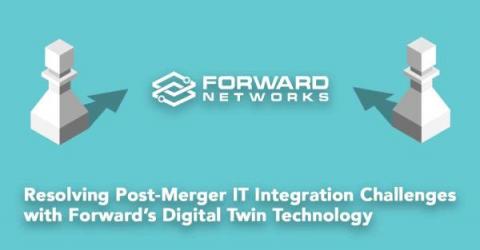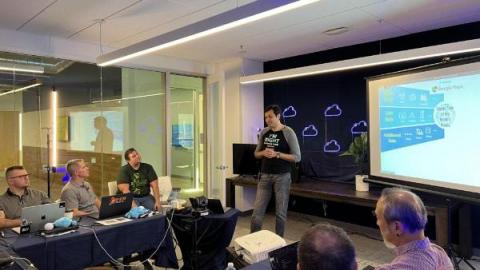AI and digital twins: A roadmap for future-proofing cybersecurity
Keeping up with threats is an ongoing problem in the constantly changing field of cybersecurity. The integration of artificial intelligence (AI) into cybersecurity is emerging as a vital roadmap for future-proofing cybersecurity, especially as organizations depend more and more on digital twins to mimic and optimize their physical counterparts.


